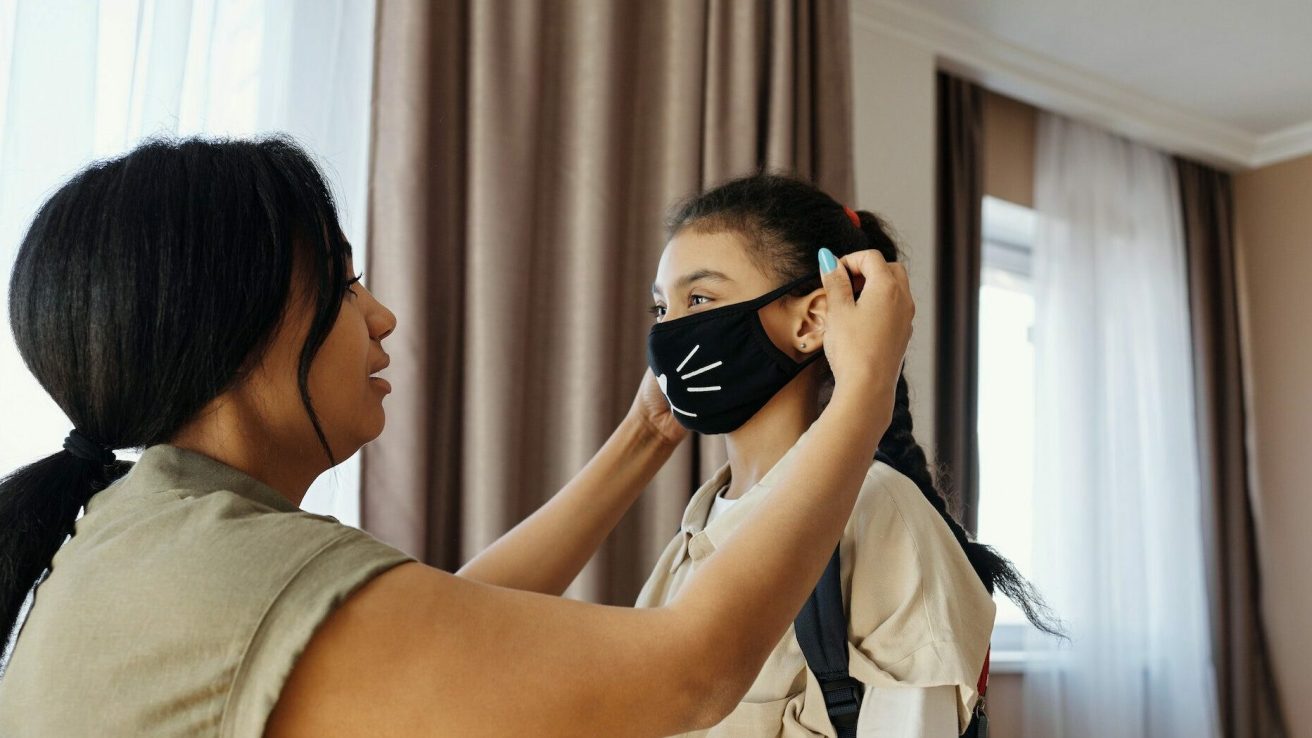This study found that Black and Hispanic children who live in poor neighborhoods, have public insurance, and have higher rates of comorbidities like allergies were also significantly more likely to be hospitalized for COVID-19.
Although COVID-19 tends to be less severe in children, hospitalization rates among children increased fivefold in the summer of 2021, possibly due to the emergence of more transmissible variants. Early studies show that certain biological risk factors and comorbidities may increase the risk of more severe infections. Additionally, studies show that there are racial and ethnic gaps, with specific disease conditions being more common in particular racial groups. CDC data shows that COVID-19-related hospitalization is more common in Hispanic and Black children than in non-Hispanic White children. These racial disparities in childhood hospitalizations are quite complex due to multiple factors, including socioeconomic factors and a higher prevalence of allergic disorders in specific ethnic groups.
Higher Prevalence of Allergies and Socioeconomic Inequalities Predispose People of Color to More Severe COVID-19
A 2022 study published in the Annals of the American Thoracic Society analyzed how racial and ethnic disparities may increase the risk of COVID-19 hospitalization. The study also focused on identifying the factors underlying these disparities and the resultant adverse health outcomes.
Researchers used electronic health record data from the Cincinnati Children’s Hospital Medical Center for the study. They analyzed the data of 5,258 children who were diagnosed with COVID-19. Out of these, 10% needed short hospital stays, and 3.7% required prolonged hospital stays.
The study found that, for a short hospital stay vs. no hospital admission, Black children had almost twofold higher odds of a short stay compared to their White peers, and Hispanic children had threefold higher odds of a short stay when compared to their White peers. Similarly, the study also found that the odds of prolonged hospitalization vs. no hospital admission in Black and Hispanic children were significantly higher than in White children.
Further, regardless of racial background, Medicaid recipients were more likely to be hospitalized than commercial insurance recipients, pointing to the role of socioeconomic factors in health disparities. They also found that obesity and the presence of allergies like eosinophilic esophagitis (EoE) increased the odds of a prolonged stay.
Finally, researchers also analyzed the spatial link between COVID-19 hospitalizations. They found that children living in high-density areas or poor neighborhoods (on the west side of Hamilton County, Ohio, and in northern Kentucky) were more likely to be hospitalized.
The Bottom Line
The study found that race/ethnicity, socioeconomic deprivation (including indicators like public insurance), and allergies were associated with a greater risk of COVID-19 hospitalization. Living in specific areas also increased the risk of hospitalization. There could be multiple reasons for such disproportionate burdens, including generations of discrimination, historical exclusion, adverse exposures, and poor access to health-promoting resources. Finally, this study shows how health disparities and comorbidities drive adverse COVID-19 outcomes among children of specific racial and ethnic groups in the US. The findings of this study can be used to design better public health interventions for vulnerable children.
Source:
Correa-Agudelo, E., Ding, L., Beck, A. F., Mendy, A., & Mersha, T. B. (2023). Multilevel Analysis of Racial and Ethnic Disparities in COVID-19 Hospitalization among Children with Allergies. Annals of the American Thoracic Society, 20(6), 843–853. https://doi.org/10.1513/annalsats.202207-580oc










